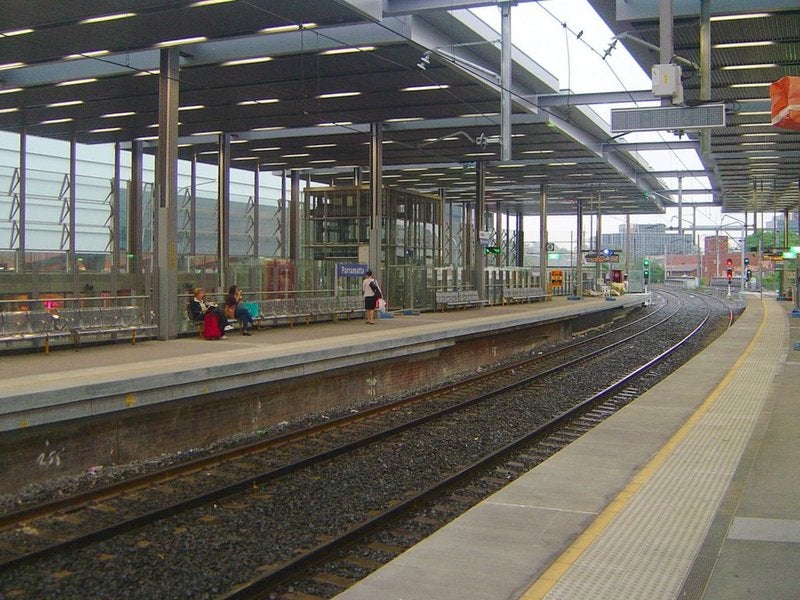
The Government of New South Wales in Australia has launched a study to implement a high-speed rail network across the key routes in the state.
The government has already identified four potential routes and has appointed High-Speed Rail expert professor Andrew McNaughton to confirm the appropriate routes, train operating speed and station locations.
New South Wales Premier Gladys Berejiklian opined that the faster rail network will increase the travel choices of regular passengers.
Berejiklian said: “We know a fast rail network will transform NSW unlike any other project and we will make it a reality.
“We need to make it easier for people to consider moving to regional NSW and there is no better way to do that than building a fast rail network.”
The four potential routes are located within 300km of Sydney, the capital of the province. They are Northern Route, Southern Inland Route, Western Route and Southern Coastal Route.
High-speed operations on these routes would decrease travel times by up to 75%.
Berejiklian added: “The experts will provide advice to the government on what is possible and what would be involved.”
The study by McNaughton is expected to enable the government to devise an informed approach to deliver the fast rail by carrying out immediate improvement works on the state rail network.
It will also help to develop a long-term plan for implementing high-speed rail corridors.
New South Wales Minister for Transport and Infrastructure Andrew Constance said: “In the immediate future, faster rail would see upgrades along existing rail alignments and provide services of at least 200km/h, slashing travel times by one third.”



